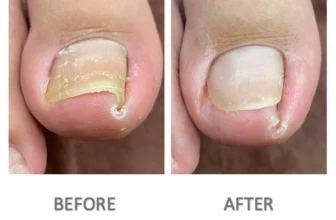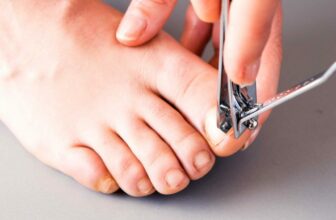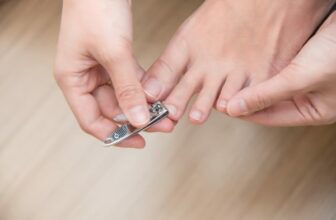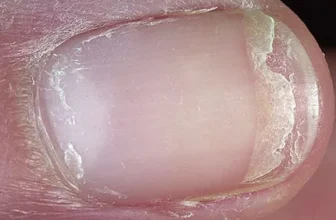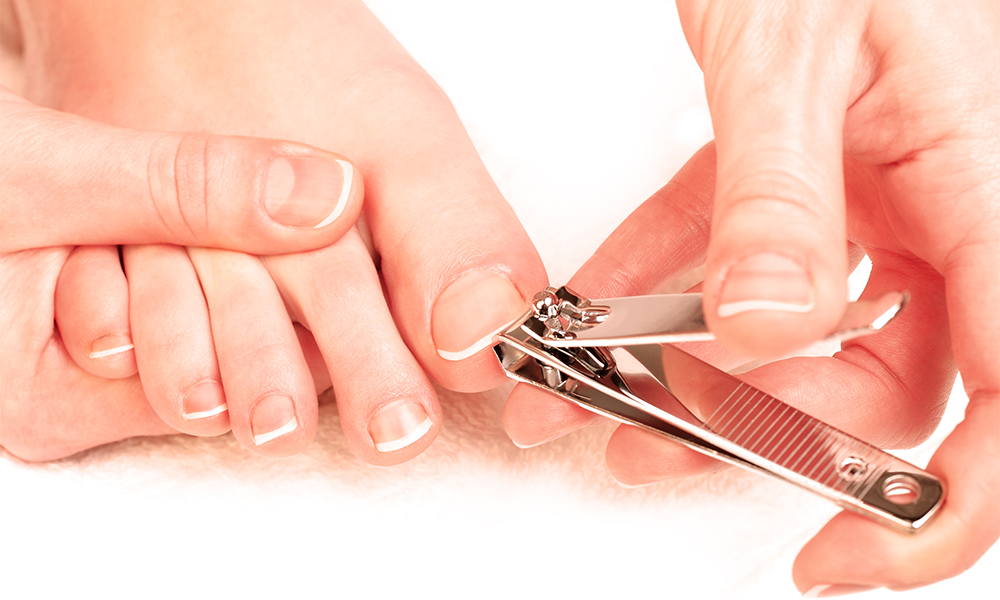
Have you ever wondered about the differences between fingernail clippers vs toenail clippers? The two are quite different tools, as you will know if you have ever set them side by side, but they have a lot in common.
We’ve gathered this and many other information here in this website, you can read more about foot care.
Toenail clippers are generally wider, larger, and thicker, with more leverage that allows them to cut through thicker nails. They are shaped differently and are designed to have more power. Some people find that these are more comfortable for cutting their fingernails, but they can be clumsy to use.
In this article, we’re going to look at toenail clippers vs fingernail clippers and find out what the differences between them are. This will help you to figure out which would be best for you to use, and how these tools work.
What Are The Differences Between Toenail Clippers vs Fingernail Clippers?
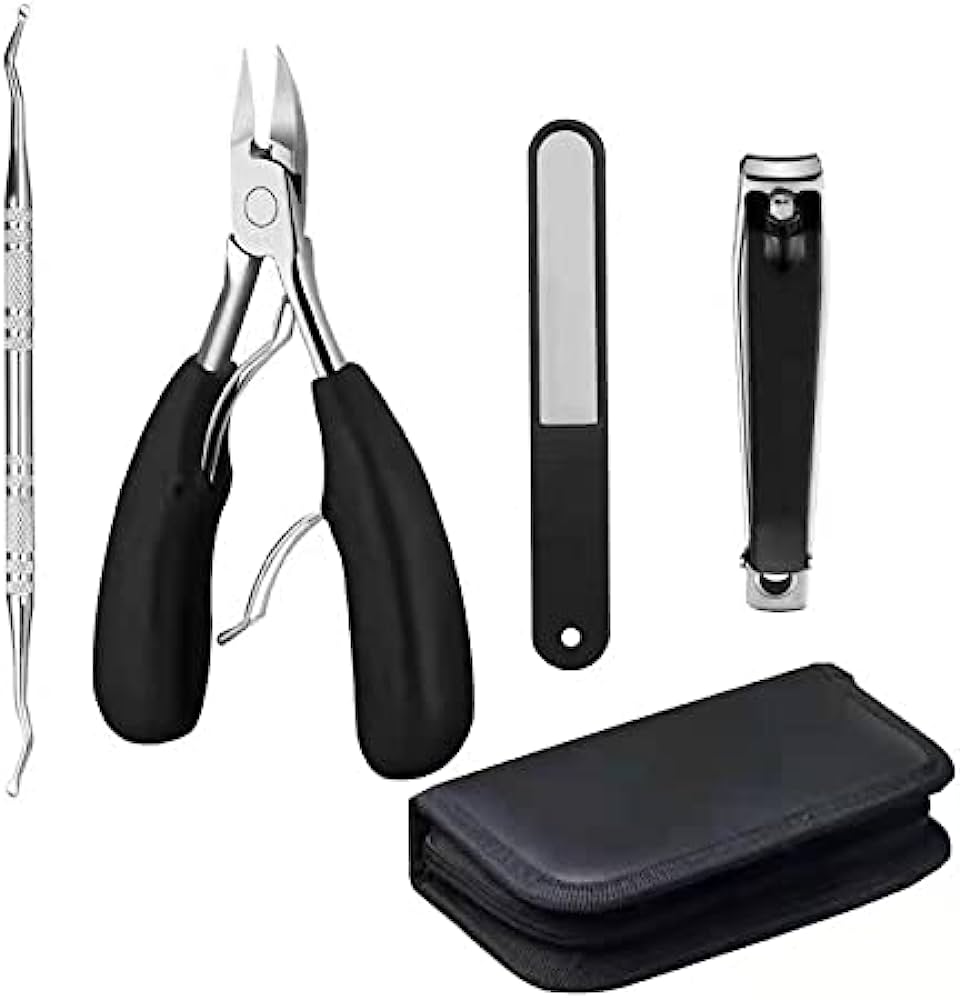
Fingernail clippers and toenail clippers may look similar, but they are designed for different purposes. The differences between these two types of clippers are important to understand in order to maintain healthy nails and prevent injury.
There are quite a few differences between fingernail clippers vs toenail clippers, although they do serve the same basic function of shortening your nails. In general, toenail clippers are:
Size and Shape
One of the main differences between fingernail clippers and toenail clippers is their size and shape. Fingernail clippers are smaller and have a curved cutting edge that is designed to fit the shape of the fingernail. Toenail clippers, on the other hand, are larger and have a straight cutting edge that is wider and thicker to accommodate the shape and thickness of toenails.
Strength and Durability
Toenail clippers are typically stronger and more durable than fingernail clippers due to the thicker and harder nails they are designed to cut. Toenails can be up to four times thicker than fingernails, so toenail clippers need to be strong enough to handle the extra pressure.
Precision and Control
Fingernail clippers are designed to provide more precision and control when cutting nails due to their smaller size and curved cutting edge. This allows for more precise cutting of the nails and helps to prevent accidentally cutting the surrounding skin. Toenail clippers, on the other hand, are designed to provide more leverage and power to cut through thicker toenails. However, this can also make them more difficult to control, especially for those with limited mobility or hand strength.
Sanitation
It’s important to keep nail clippers clean to prevent the spread of infection. Fingernail clippers and toenail clippers should be cleaned regularly and not shared between people. However, since toenails are more susceptible to fungal infections, it’s especially important to keep toenail clippers clean and sanitized to prevent the spread of infection.
Can you use fingernail clippers to cut your toenails?
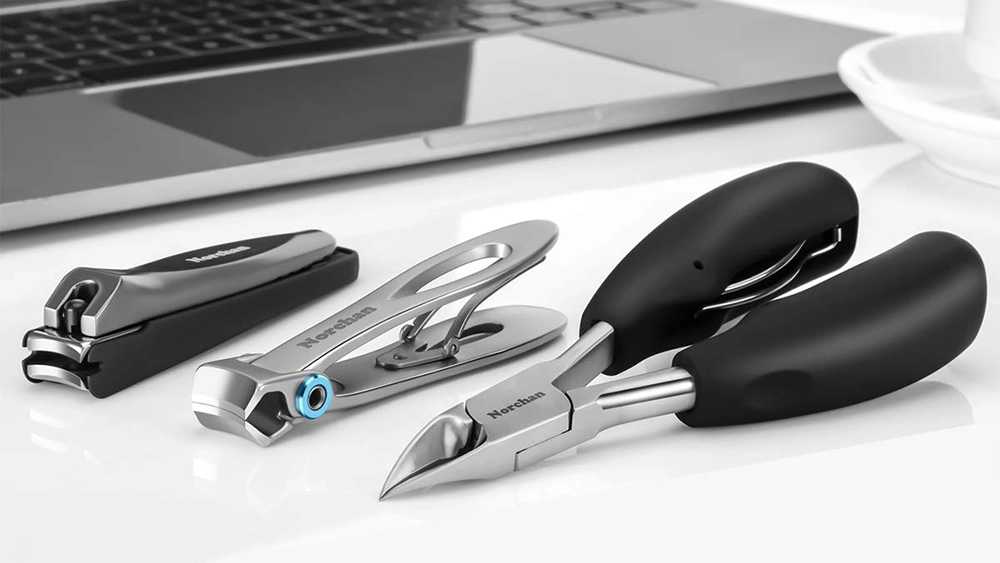
A lot of people treat these tools as interchangeable, but you might actually run into issues if you try to use fingernail clippers for your toenails. Fingernail clippers may not be strong enough to get through the thicker nail tissue, and might result in tearing and soreness.
Additionally, because they are generally narrower, you’ll often need multiple cuts from your fingernail clippers to cut a single toenail, and this tends to create a ragged edge. This looks unpleasant, feels uncomfortable, and is far more likely to catch and tear. You should therefore be careful and avoid using them if you can, especially for your big toe.
There are a few more reasons why it can help to have separate tools for both your fingernails and your toenails. One major reason is that if you have a fungal infection in your toenails, you’re less likely to transfer it if you use separate tools.
Which Nail Clippers Should You Choose?
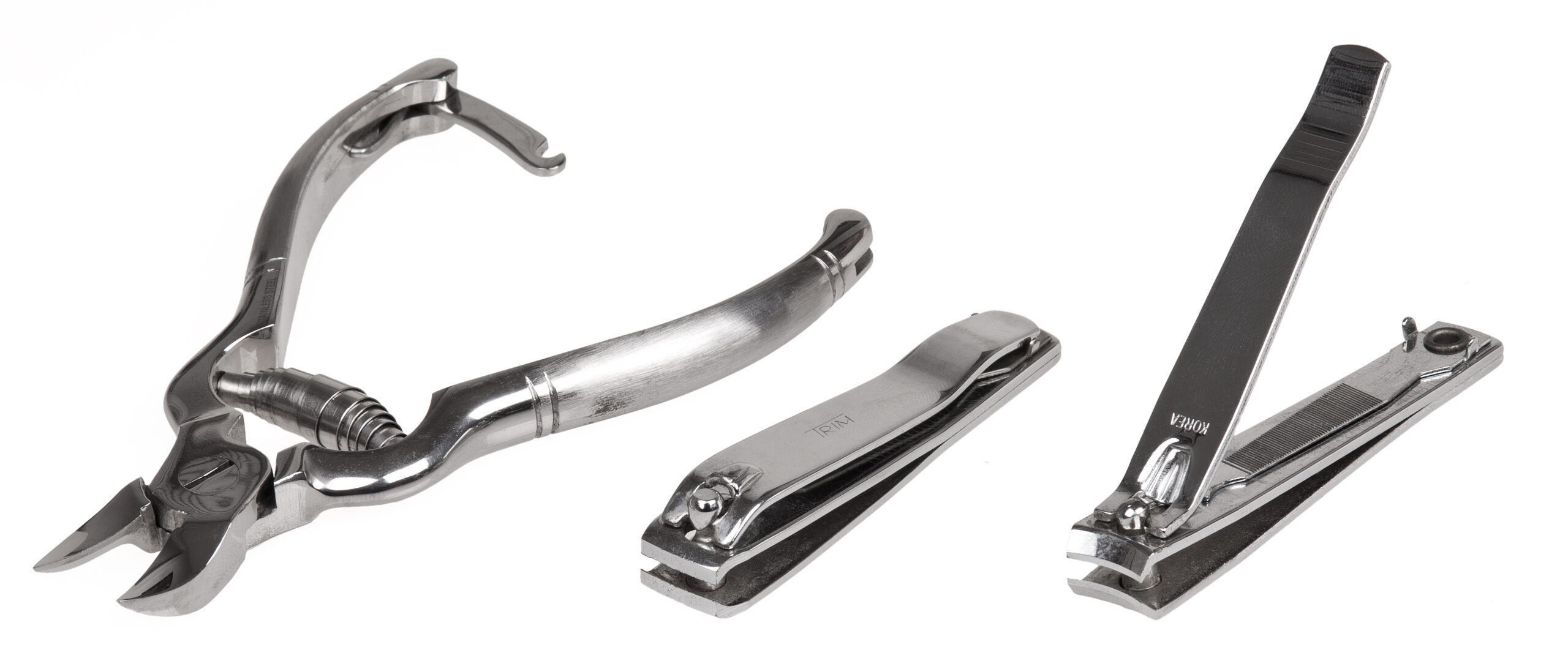
Choosing the right nail clippers can be challenging, but this is a tool you’re going to be using a lot – so it’s well worth taking the time to do some thorough research before you settle on a pair. Ideally, you should have a separate pair for your toes and for your fingers, but that doesn’t make it any easier to choose which ones to buy.
If you’re trying to choose, you might want to check out some reviews, such as the Swissklip 360 Nail Clipper reviews or the Swissklip Heavy Duty reviews. These should help you to better understand both options, and give you a sense of what factors to consider if you’re weighing up other brands.
It’s surprising what a difference having good nail clippers can make, so don’t just grab the first pair you see. Do some careful research and choose a pair for both your toenails and your fingernails. This can reduce the risk of injuries, make the clipping task quicker, and give you beautifully shaped nails.
When Were Nail Clippers Invented?
Nail clippers are a particularly clever gadget, and they’re one that most of us take for granted. A lot of the history surrounding nail clippers is fuzzy, but it’s thought that the invention of nail clippers occurred around 1875.
A patent was filed in the United States for a finger nail clipper, although subsequent developments have improved upon this. It wasn’t until 1947 that the current jaw-style design was perfected, although it existed in some form before this point.
Prior to the invention of nail clippers, nails were generally “pared” using a knife. This wasn’t easy, and it’s no wonder we invented a tool specifically for this purpose!
Can You Use Toenail Clippers For Your Fingernails?
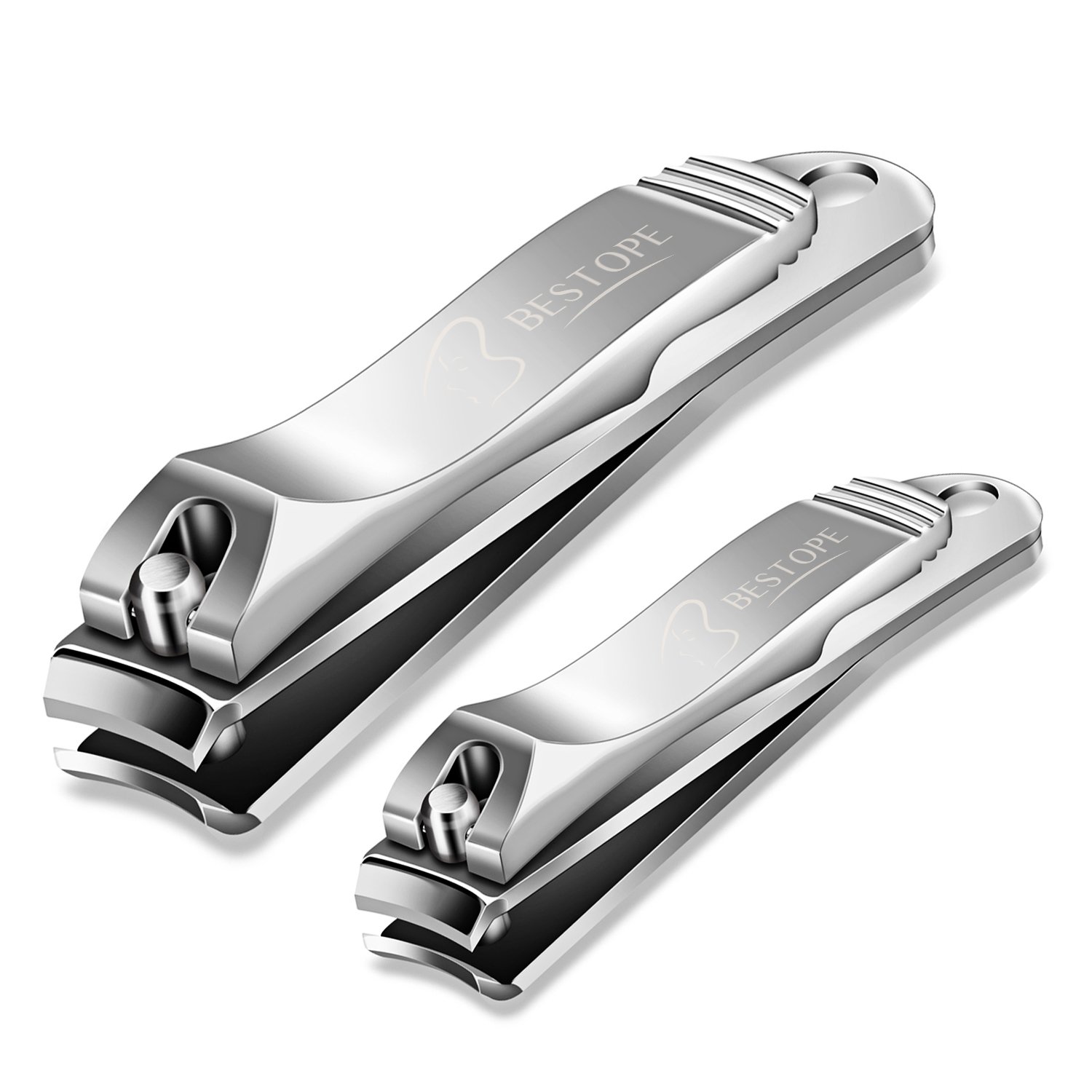
Although we’ve already mentioned that fingernail clippers aren’t ideal for use on your toenails, you might be wondering about using toenail clippers on your fingers. This will work, but it has a few drawbacks that you should consider before you begin. Firstly, there’s the risk of cross-contamination that we mentioned earlier.
However, you should also consider that toenail clippers are much wider and clumsier than fingernail clippers, and they have a shallower curve. This can make it challenging to get a good shape on your nails, and may leave them looking messy and unattractive.
It’s also tricky to cut them close, because of the thicker metal. You will have a lot more leverage, which can make it easier to get through thick nails, but means that the tool is longer and clumsier. This increases the difficulty of cutting your nails neatly.
You certainly can cut your fingernails with toenail clippers if you choose to, but be aware that it can be tricky to get a good finish. If you are going to do this, take the time to sterilize the clippers in boiling water first, even if you don’t think you have any fungal infections – this is a good safety precaution that takes minimal time and effort.
Should You Use Nail Scissors
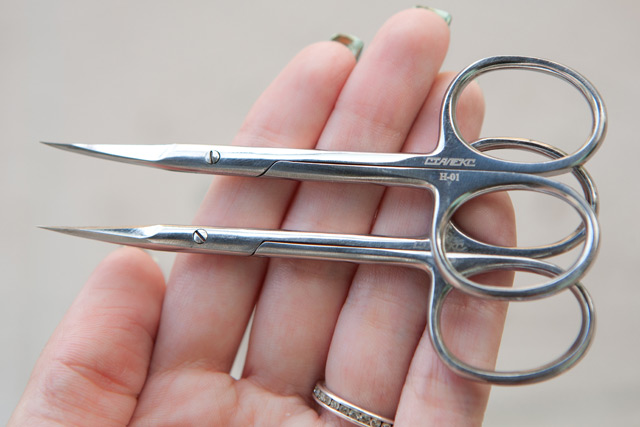
You can also use nail scissors to cut your fingernails and toenails, and these may be preferable for some people because they put less pressure on the nail. They are thought to reduce the trauma, and can leave you with healthier nails that are a more attractive length and shape.
If you are going to use nail scissors, you need to make sure that they are sharp and that the blades fully close across the nail. Nail scissors can be hard to use with your non-dominant hand.
Conclusion
Toenail clippers and fingernail clippers are similar tools, but they do have a few significant differences. Toenail clippers are noticeably larger and have more leverage, which makes them preferable for cutting through thick nail tissue. Fingernail clippers are smaller and have a tighter curve that’s ideal for shaping your fingernails.



